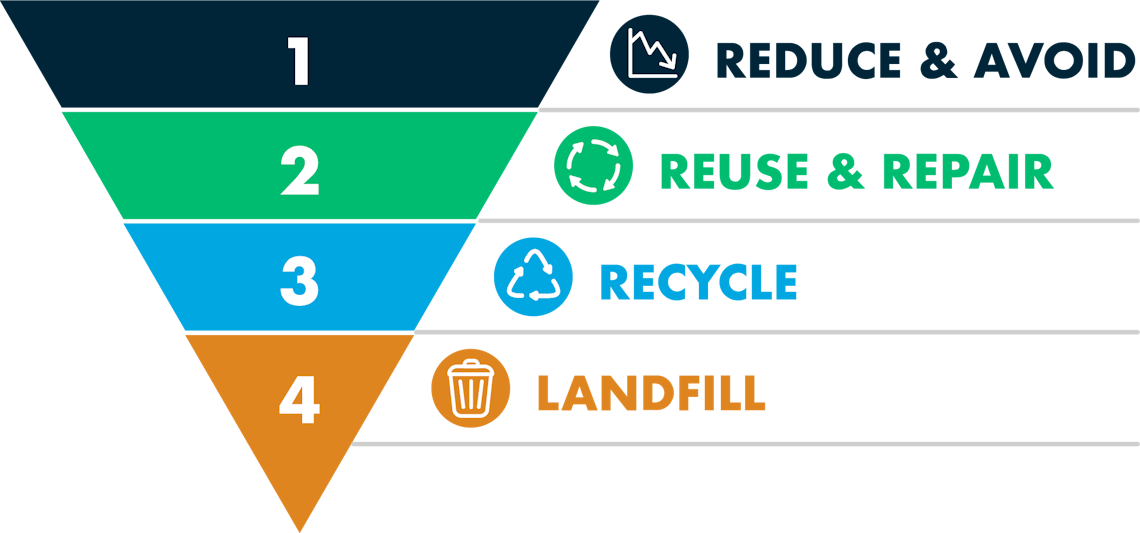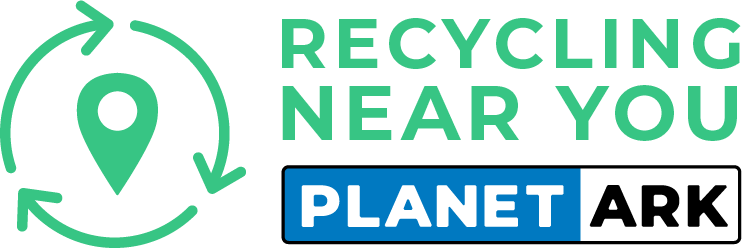Tips on how to reuse things so they don't end up in landfill
Understanding the waste hierarchy
Did you know it’s better to reuse than recycle? ‘Reuse’ is close to the top of the ‘waste hierarchy’. Generally, the higher up the waste hierarchy, the bigger the positive impact on our environment.
You can make a positive impact in your everyday life by choosing to reuse whenever possible—like buying second-hand instead of brand new.
Start reusing


The environmental power of reuse
Reusing items is a powerful tool in our collective effort to combat environmental challenges. By opting to reuse, you actively contribute to the preservation of valuable resources and materials, diverting them from landfills.
Each act of reuse—be it sharing, borrowing, donating or buying second-hand—translates to a reduction in the demand for new products. And this, in turn, reduces our consumption of water, energy, fuel, natural resources and greenhouse gas emissions.
Extending product lifecycles
Reuse is crucial to combatting climate change because it extends the lifecycle of products. When you choose to donate, trade, borrow or buy pre-loved items, you play a pivotal role in ensuring these objects serve their purpose for as long as possible. It's a simple yet effective way to reduce your environmental footprint and make a tangible difference.
According to a study by the European Environmental Bureau, extending the lifespan of your smartphone by just one year can save as much carbon emissions as taking two million cars off the road annually.

Ways to embrace reuse - your guide to sustainable living

Find out more

Find out more

Find out more

Find out more

Find out more

Find out more




